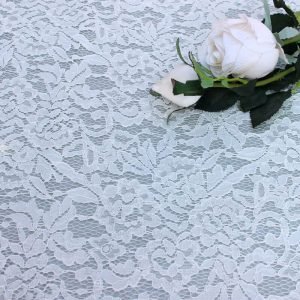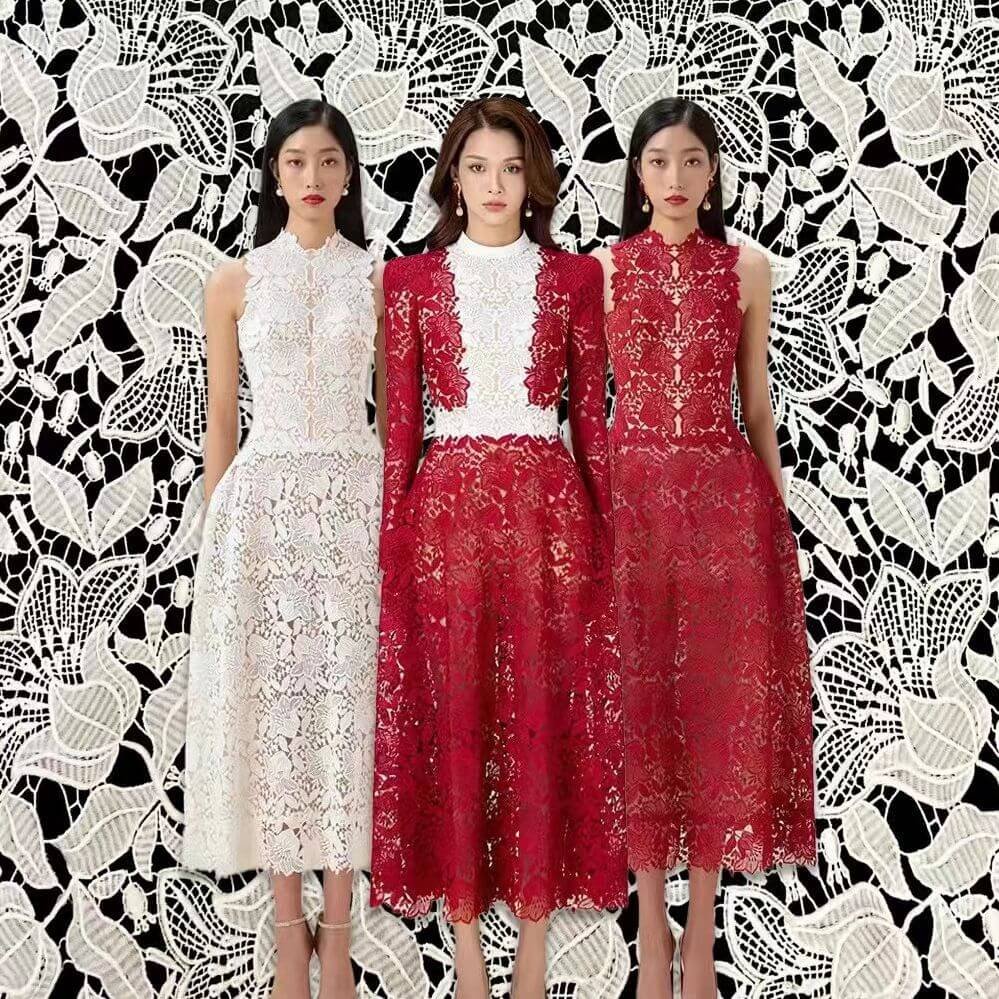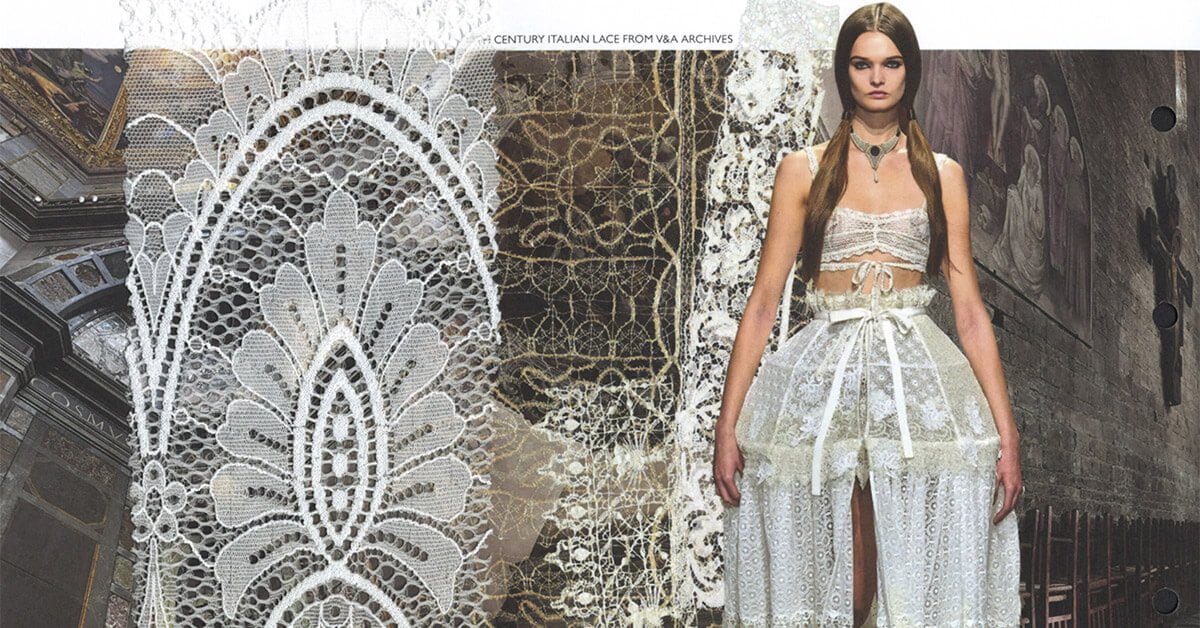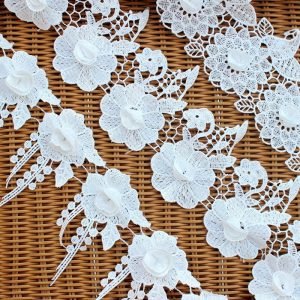Lace has a rich history in fashion and textile that spans centuries and cultures. Lace was first developed in Europe during the Renaissance period and quickly became a popular fabric for both clothing and home decor.
Over time, different types of lace were developed, each with unique characteristics and uses. In the 19th century, machine-made lace became more accessible and affordable, leading to its widespread use in fashion and textile.
Today, lace continues to be a popular fabric in fashion and textile design, with designers using lace in innovative ways to create stunning garments and accessories.
There are many different types of lace, each with its own unique characteristics and uses. Some of the most common types of lace used in clothing and textile include:
Other types of lace include Venetian lace, Alençon lace, and Battenberg lace. Each type of lace has its own unique texture, weight, and aesthetic.
Lace is a popular choice for wedding dressesand bridal accessories, adding a touch of elegance and romance to the bride's look. Lace can be used in a variety of ways in bridal fashion, such as:

Lace is also a popular choice for bridal accessories, such as veils, headpieces, and shoes. Lace can add a touch of elegance and sophistication to any bridal look.
Lace is a common fabric used in lingerie, adding a delicate and feminine touch to undergarments. Lace can be used in a variety of ways in lingerie, such as:
Lace lingerie is a popular choice for special occasions such as weddings or romantic evenings, but can also be worn as everyday undergarments.
While lace is often associated with formal wear and special occasions, it can also be used in everyday clothing. Lace can add a touch of elegance and interest to casual clothing, such as t-shirts, skirts, and shorts.

Some ways that lace can be incorporated into everyday fashion include:
Overall, lace can be a versatile and interesting addition to everyday fashion.
The use of lace in fashion and textile is constantly evolving, with designers exploring new ways to incorporate this beautiful fabric into their collections.
Some current trends in lace include:
As fashion andtextile continue to evolve, lace will likely remain a popular fabric due to its versatility and beauty. Designers will continue to experiment with new ways to use lace and incorporate it into their collections.
As mentioned earlier, the production of lace can have a significant environmental impact. Lace production often involves the use of chemicals, water, and energy, and can result in waste and pollution.
However, there are efforts underway to make lace production more sustainable and ethical. Some ways that designers and manufacturers are working to reduce the environmental impact of lace production include:
By prioritizing sustainability and ethical production practices, the fashion and textile industry can help reduce the environmental impact of lace production and create a more sustainable future.
If you're interested in incorporating lace into your wardrobe, here are sometips for styling lace garments:
By following these tips, you can incorporate lace into your wardrobe in a way that feels stylish and modern.
Yes, lace can be used in men's clothing as well, although it is not as common as in women's clothing. In men's fashion, lace is often used as an accent or detail in formal wear, such as in dress shirts, cuffs, collars, and ties. It can also be used in more casual garments, such as t-shirts or polo shirts, to add a touch of texture and interest.
Lace can also be used in men's accessories, such as pocket squares, handkerchiefs, and even shoes. In recent years, there has been a trend towards incorporating lace into men's fashion in more creative and unexpected ways, such as using lace to create patterns or designs on jackets or pants.
While lace is often associated with a more feminine aesthetic, it can also be used to create a more masculine look when paired with the right fabrics and accessories. Overall, lace can be a versatile and interesting addition to men's clothing and fashion design.

